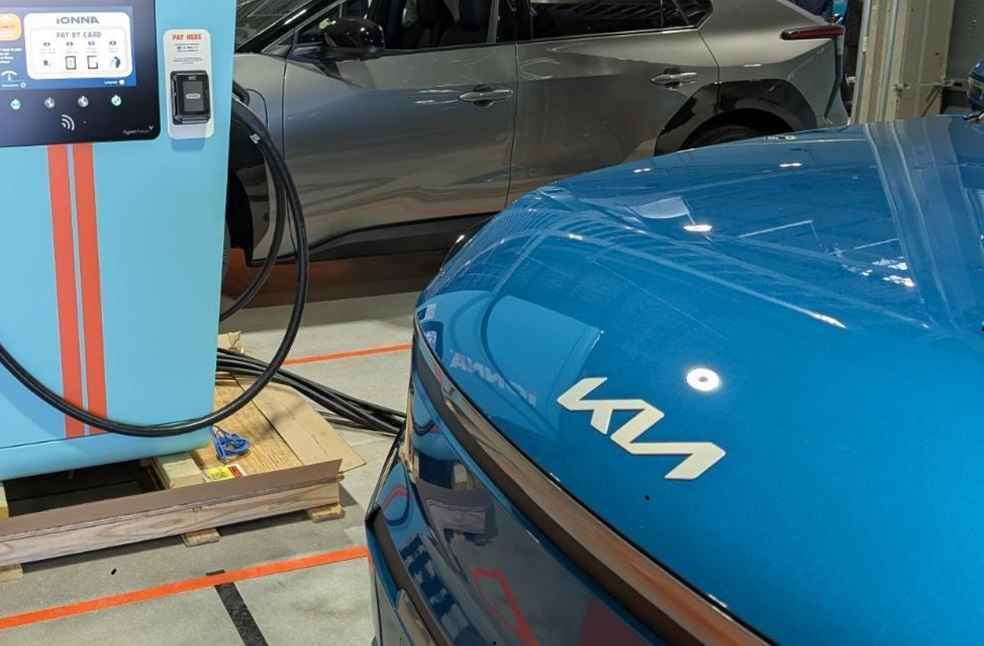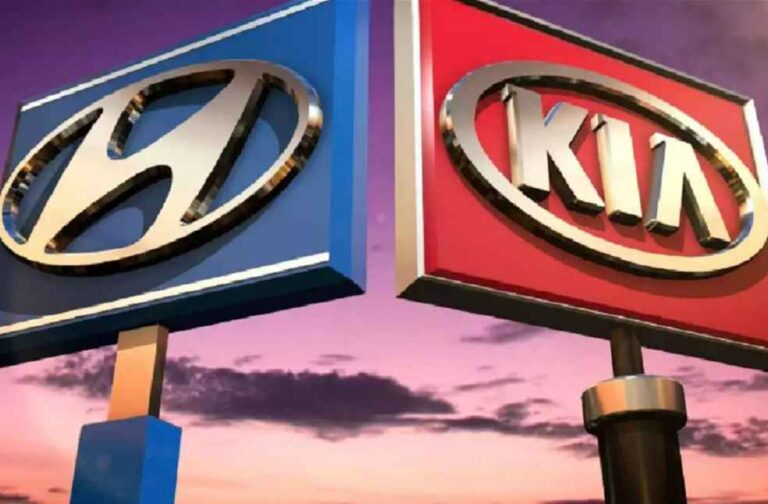Hyundai and Kia have launched major global promotions this month, offering discounts of up to $16,900 to protect their market share from the impact of new U.S. tariffs on imported vehicles.
Facing the financial pressure of Washington’s April 3 decision to impose a 25% tariff on foreign-made vehicles, the South Korean automakers are taking proactive steps to offset a potential decline in U.S. demand. Hyundai Motor is currently running aggressive promotional campaigns across its six overseas business regions: Asia-Pacific, Europe, the Middle East, Africa, North America, and Central and South America. These include notable price cuts on popular SUV models such as the Tucson and Santa Fe, and electric vehicles like the Ioniq 5 and Ioniq 6.
In Poland, the 2024 Tucson is now being sold with a discount of 30,000 zloty (approximately $8,200), while in Serbia, the Ioniq 5 and 6 are being offered at discounts as high as 15,000 euros ($17,400). Similar reductions have been recorded in Thailand and Chile, with savings of 12 million won and 17.8 million won, respectively.

These deep price cuts are largely made possible through the sale of pre-tariff inventory, vehicles manufactured or cleared through customs before the tariffs took effect. Hyundai and Kia had initially frozen U.S. prices until June 2 and later extended the freeze to July 7. Still, should the tariffs continue beyond this window, price hikes appear likely. Toyota has already announced price increases for the U.S. market starting this month.
The American market remains critical for both automakers. In 2023, 23.6% of Hyundai and Kia’s combined vehicle sales occurred in the United States, with 60% of those units exported from South Korea. Any drop in U.S. sales would significantly affect overall revenue.
To mitigate the anticipated impact, Hyundai and Kia have instructed their regional offices to boost sales by 10% in other global markets, including Korea. Hyundai, for instance, launched a domestic ‘H-Super Save’ campaign in May, offering discounts of 1 million to 6 million won on best-selling models such as the Tucson, Grandeur, and Santa Fe. The automaker also began publicly tracking inventory levels by model to encourage faster turnover.

Despite these efforts, signs of a sales recovery have yet to emerge. Hyundai’s European production hub in the Czech Republic reported a continuous drop in wholesale sales from March through May, declining from 27,109 units in March to 21,909 in May. Kia faced a similar slump, with its non-U.S. exports decreasing from 61,822 units in March to 53,081 units in May. Even as total vehicle sales in Europe edged up by 1.9% year-on-year in May, Hyundai and Kia experienced respective declines of 2.5% and 5.6%.
During this situation, Hyundai has shifted all production output from its Alabama plant to serve the U.S. market exclusively. The plant’s exports, which stood at 3,570 units in March, dropped sharply to just 14 in May.
Experts warn of rising cost pressures as the year progresses. “Cost pressures from the tariffs will begin to intensify in the second half of the year, likely leading to vehicle price increases,” said Kim Kyung-yoo, senior research fellow at the Korea Institute for Industrial Economics and Trade. “Since automakers can’t pass on the entire cost to consumers, profitability will inevitably suffer.”
Kwon Yong-joo, a professor at Kookmin University, warned that Hyundai and Kia could lose market share if they don’t increase local production or if tariff talks between South Korea and the U.S. fail to move forward.
DON’T MISS | The XC60 Reaches 2.7M Sales, Becoming Volvo’s Top-Selling SUV





